Focus Project PERIPHAS will design, test, implement and launch a guided recovery system. Building on project PHOENIX, our predecessor, we will not only build and test the system, but also launch it in a competition rocket at EuRoC 2022 in Portugal. This necessitates harsher design standards and also necessitates a reliable nose cone separation. Before it can be launched, it will be tested in 10 helicopter droptests to gather as much data as possible and iteratively prove the functionality of all our concepts. Read our blog to stay up to date!
PERIPHAS to the Rescue!

Statistics
Our Primary Objectives
Engineering Breakdown

To give you an in-depth overview of the entire PERIPHAS guided recovery system, let us present you all 6 individual sections, from the tip downwards.
Nose Cone: The tip of the rocket, which is important to make it aerodynamic during the flight. It will be ejected with the CO2 separation mechanism at apogee to make way for the parachutes to deploy.
When the parachutes are deployed, it will remain attached to the rest of the rocket by a line, so that it is recovered as well.
Parachute Section: This is where the main and drogue parachutes are stored during the flight. It also houses line management clips, which make sure the parachute lines don’t entangle and thereby hinder deployment.
We are using a “balloot”-style drogue parachute, to stabilise the rocket after apogee. Afterwards, a ram-air parachute, which allows precise steering with a glide ration of 1:1.3, will be released.
Actuator Section: Here, the electric motors to release and steer the main parachute are housed.
CO2 Section: We are using expanding CO2 to separate the nose cone. It is stored in high-pressure tanks in this section during flight and released by the solenoid valves at apogee. We use 2 completely independent systems to ensure redundancy.
Electronics Section: This is the brain of the entire system. A sheet metal rack holds multiple custom PCBs with sensors and processors. 5 people have been working for months writing the software.
Motor Section: Built by ARIS alumni from project EULER, a solid rocket motor will launch our system to a height of about 1.5 km. We will have this maiden launch in Switzerland, and may be competing with an even stronger motor at the EuRoC competition in Portugal.

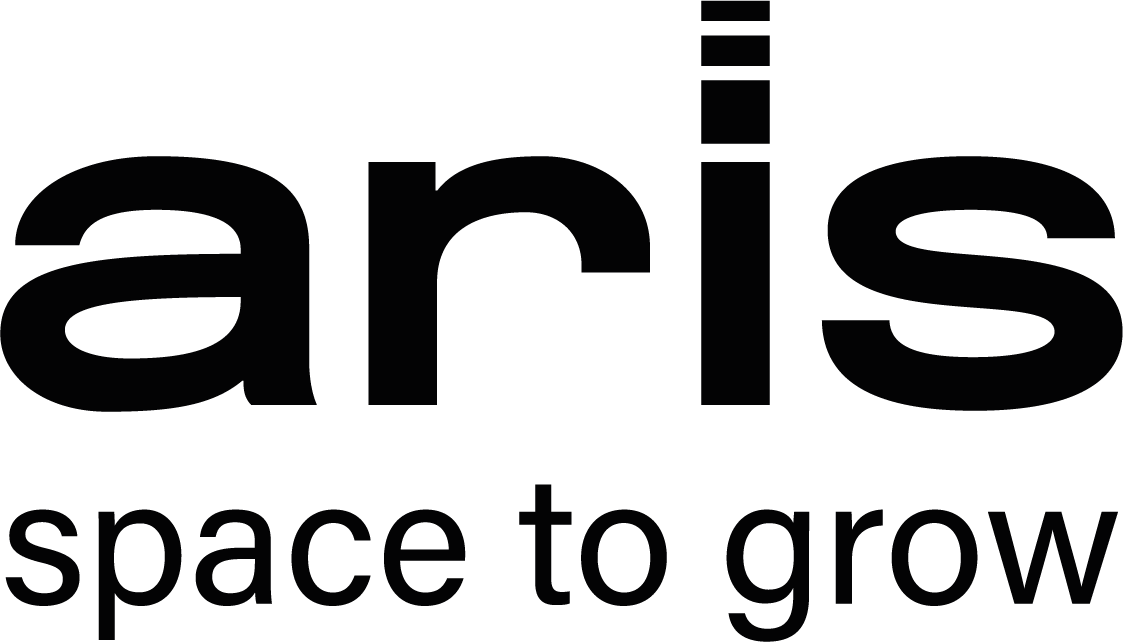

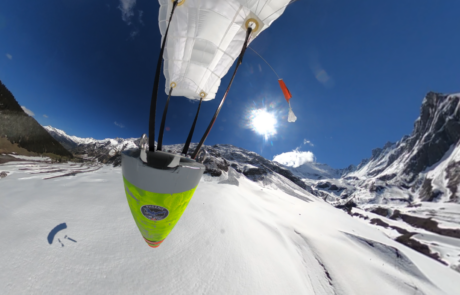




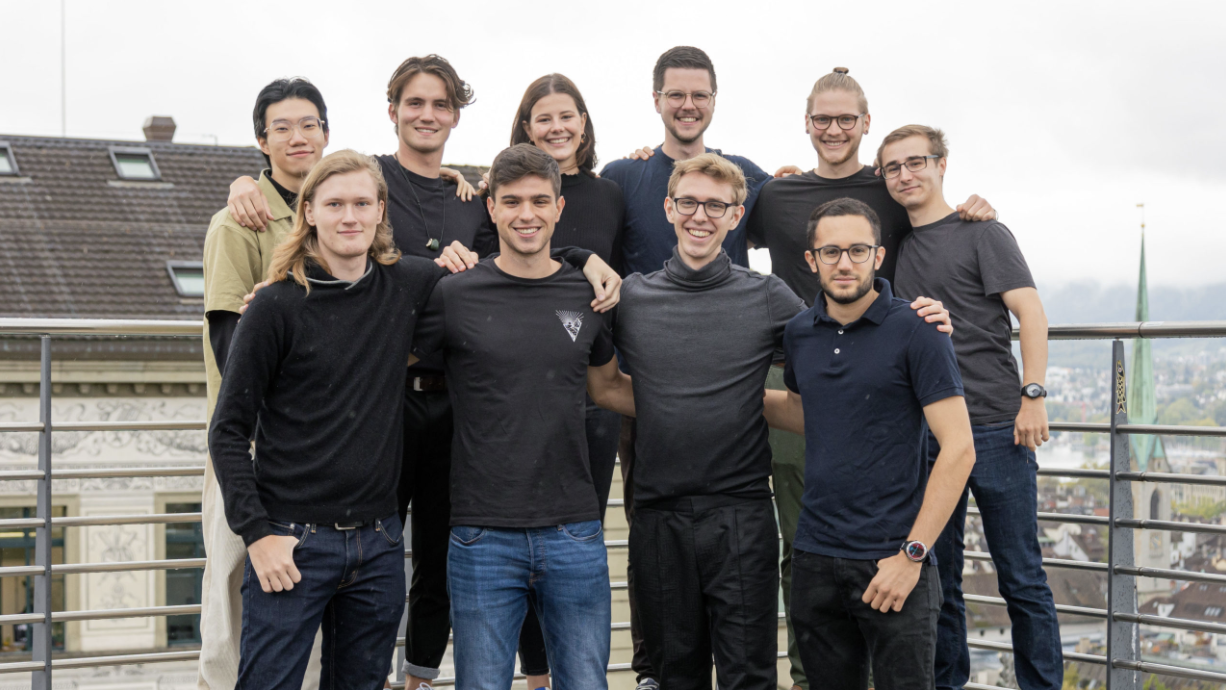


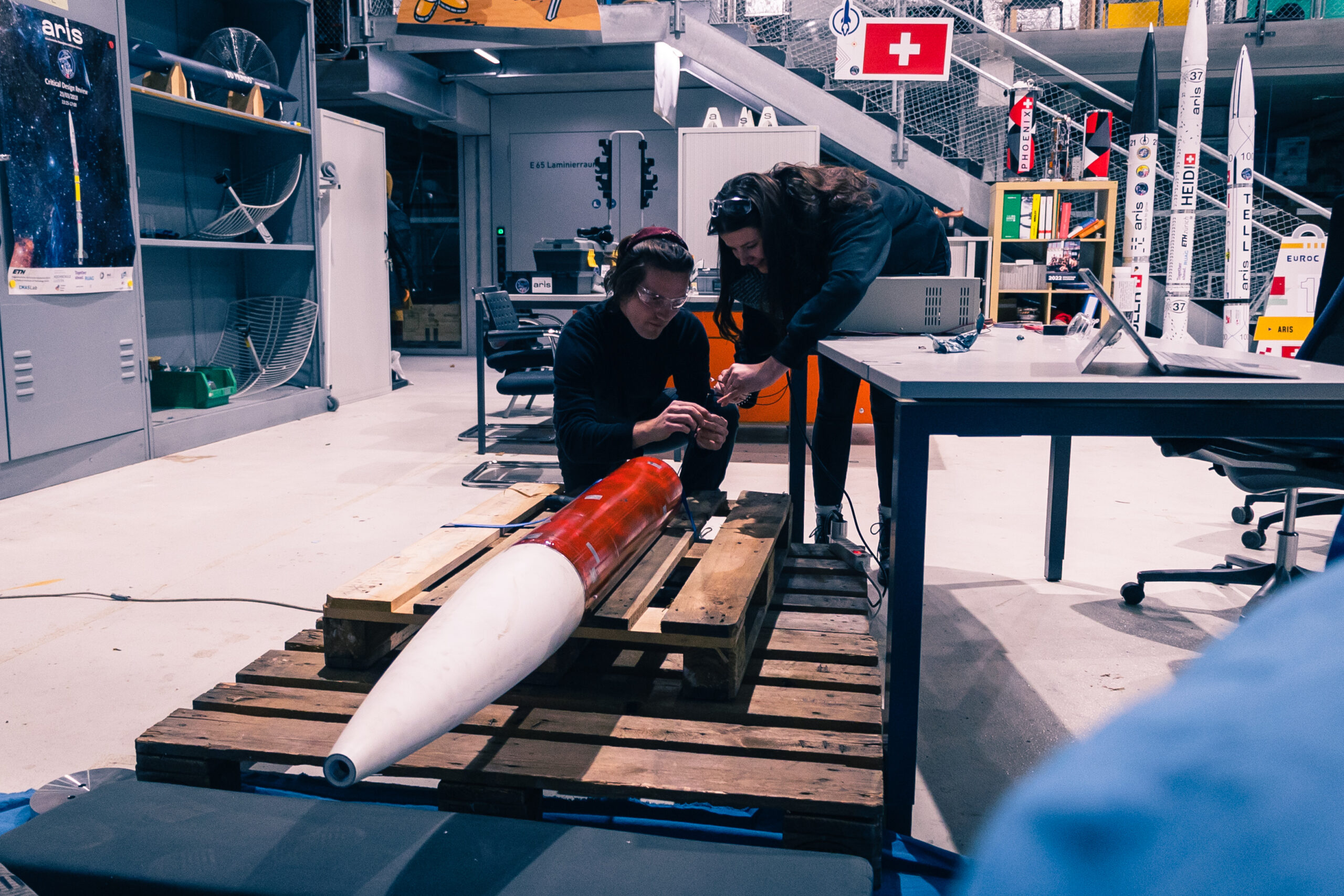



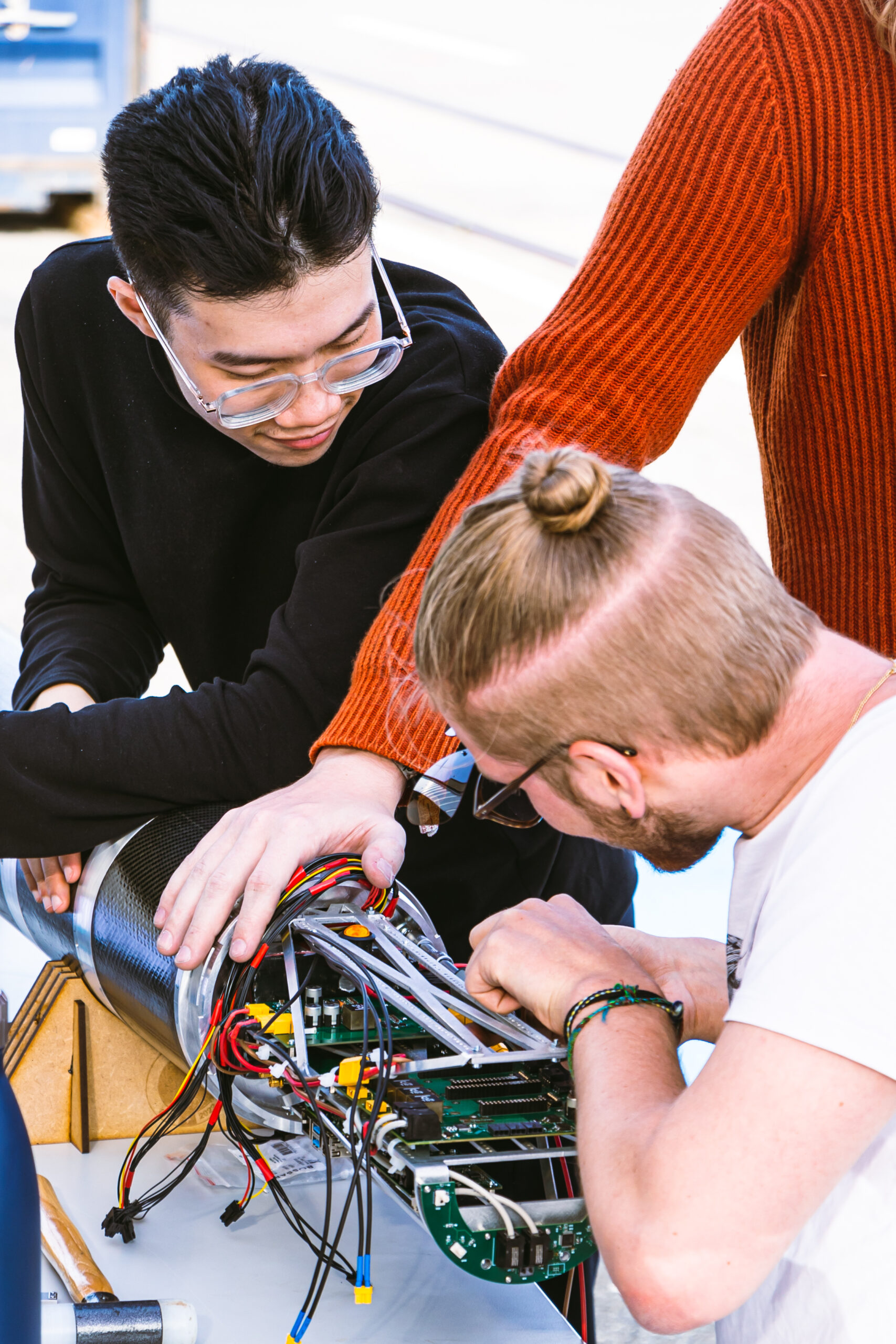



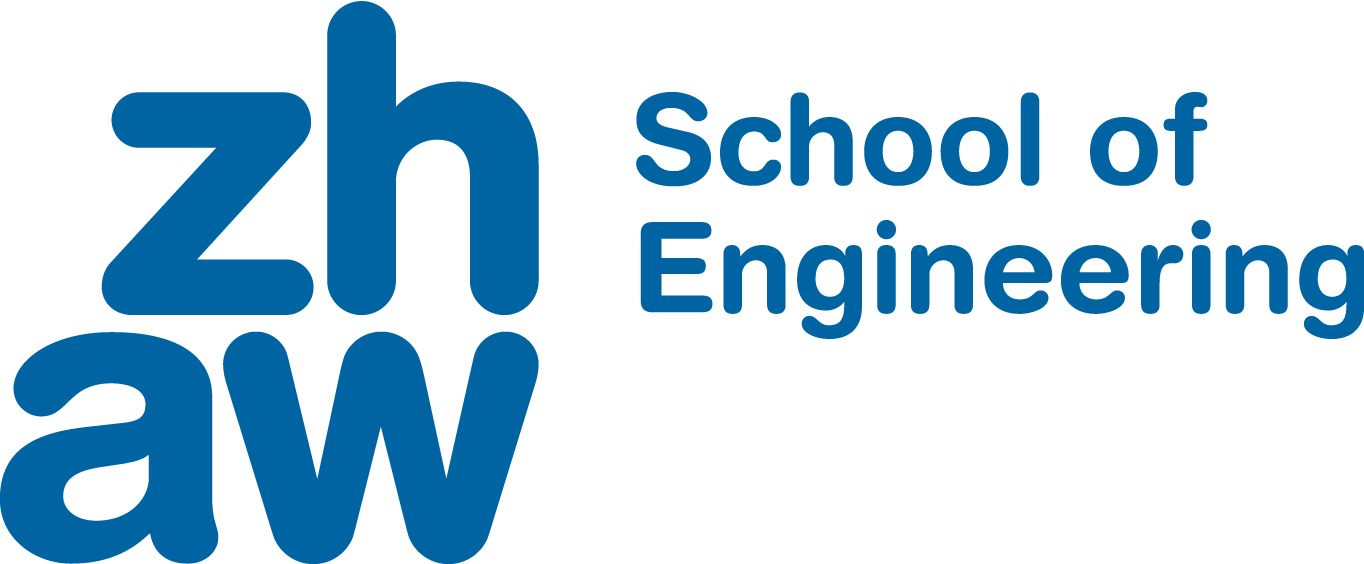







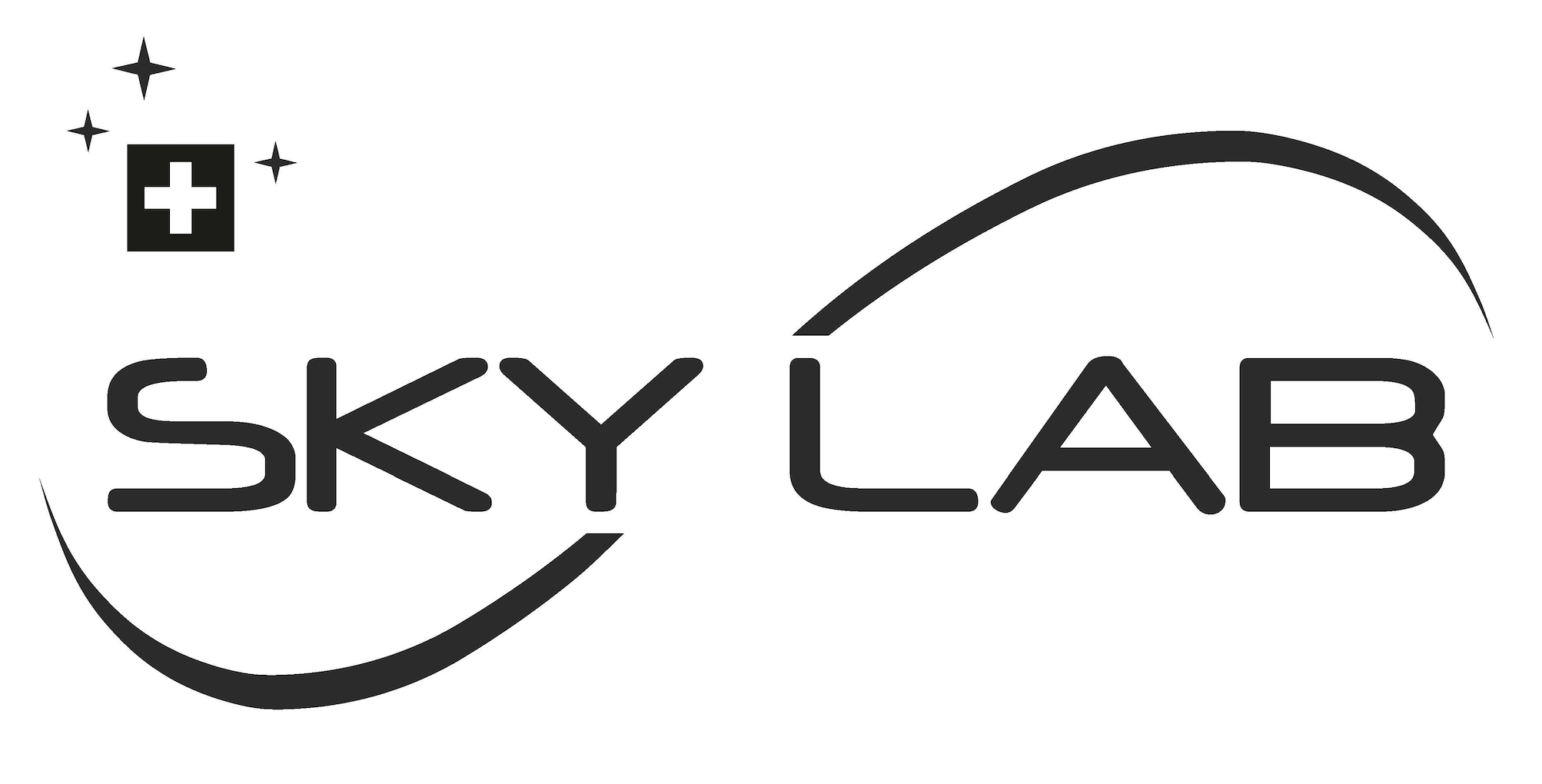



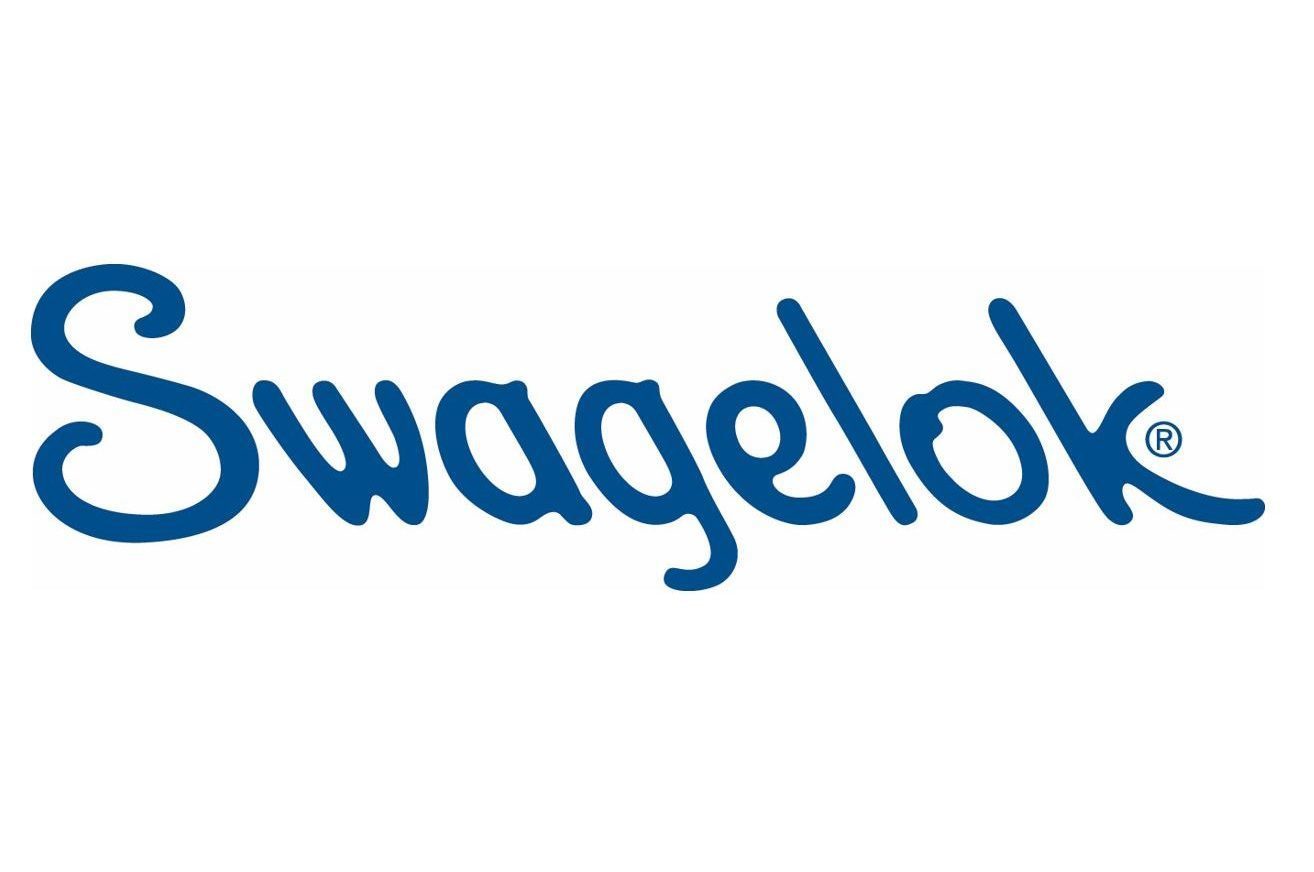


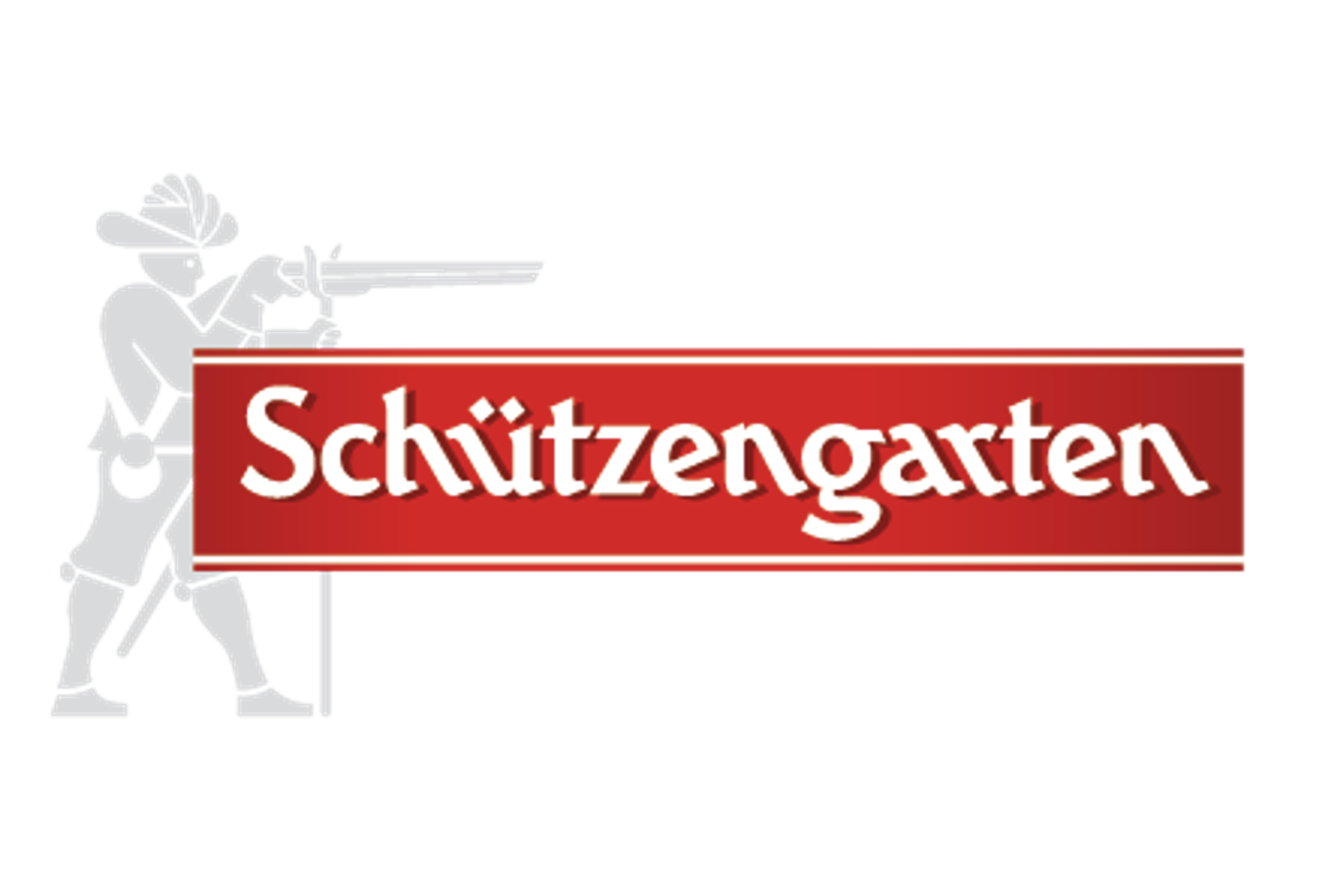


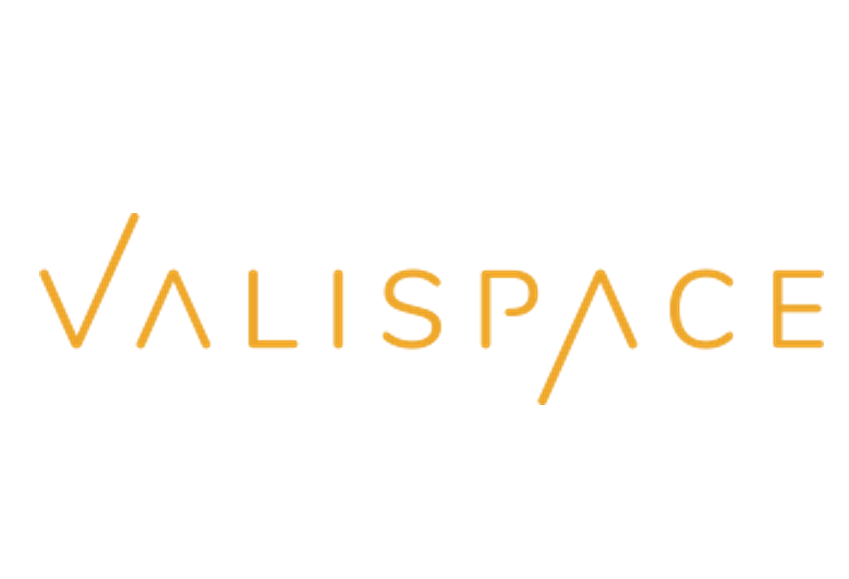



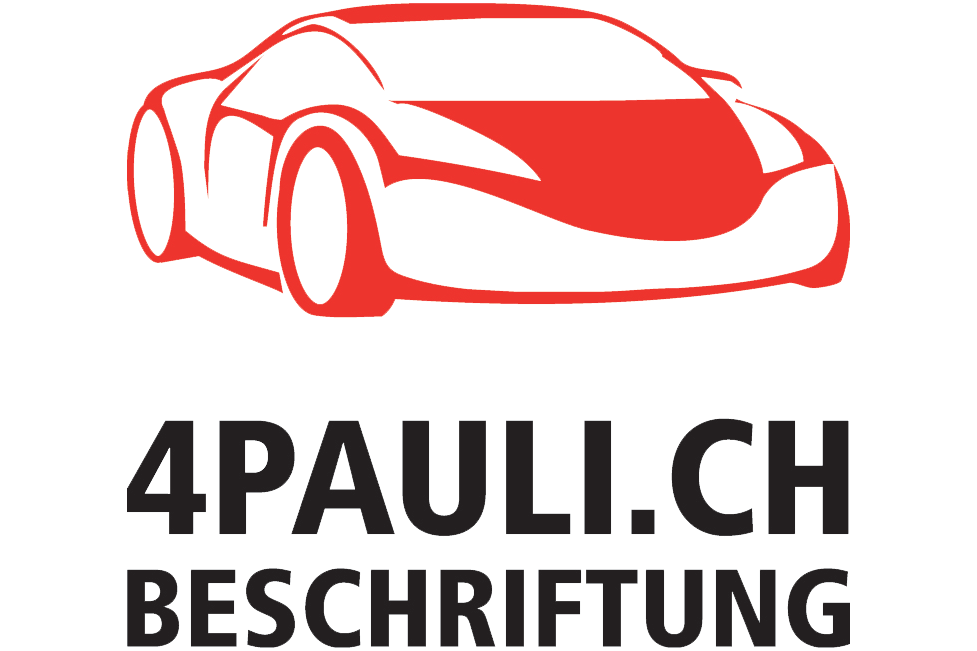

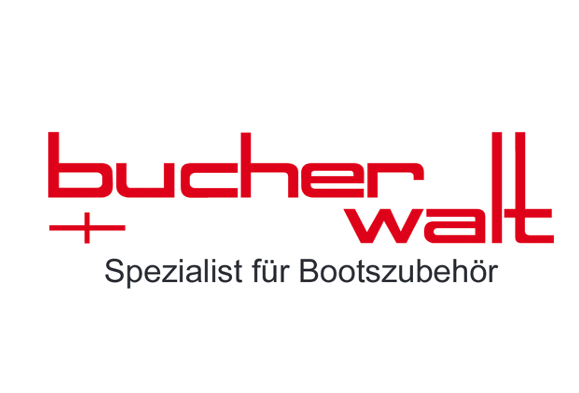

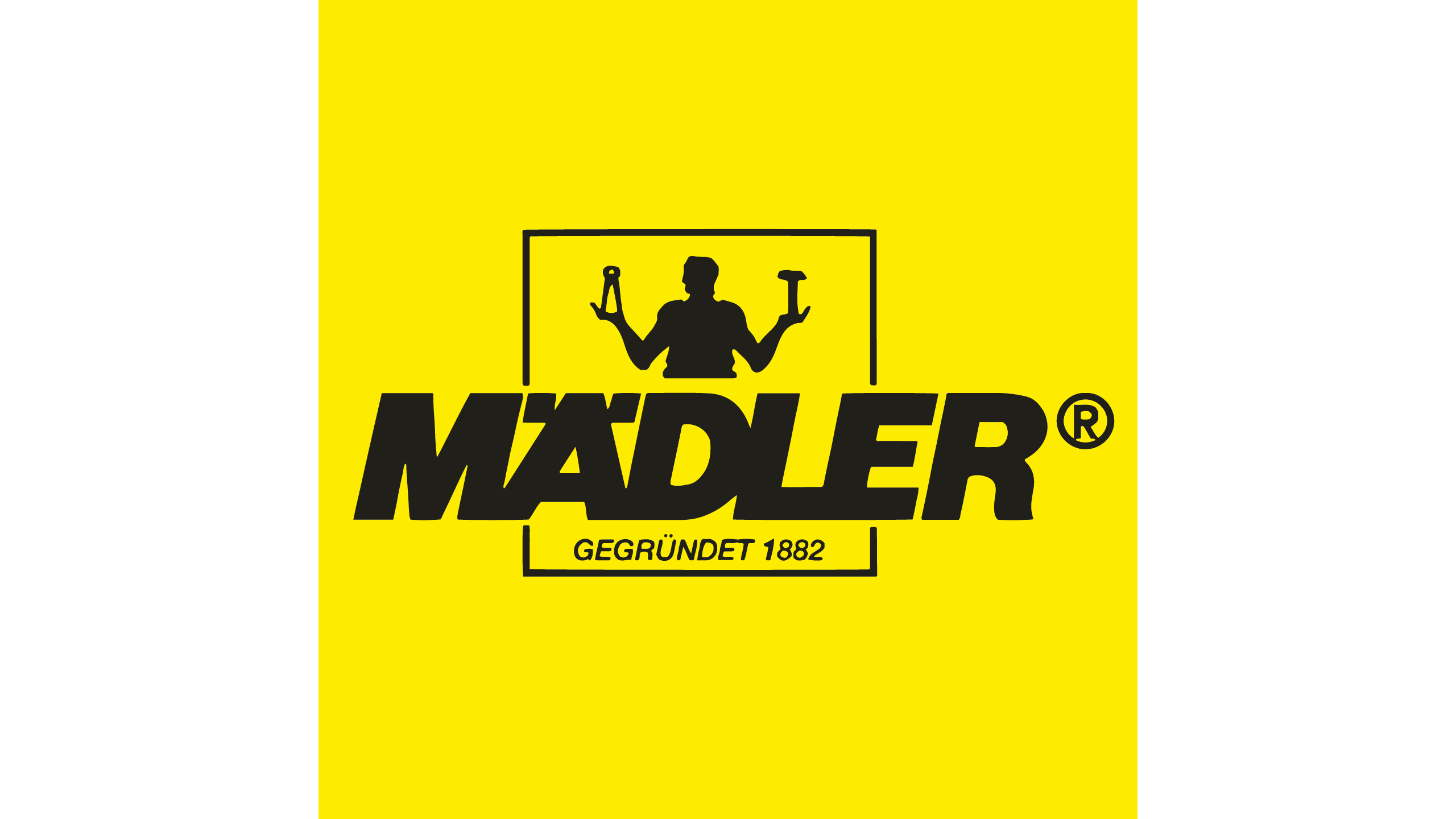

Social Contact